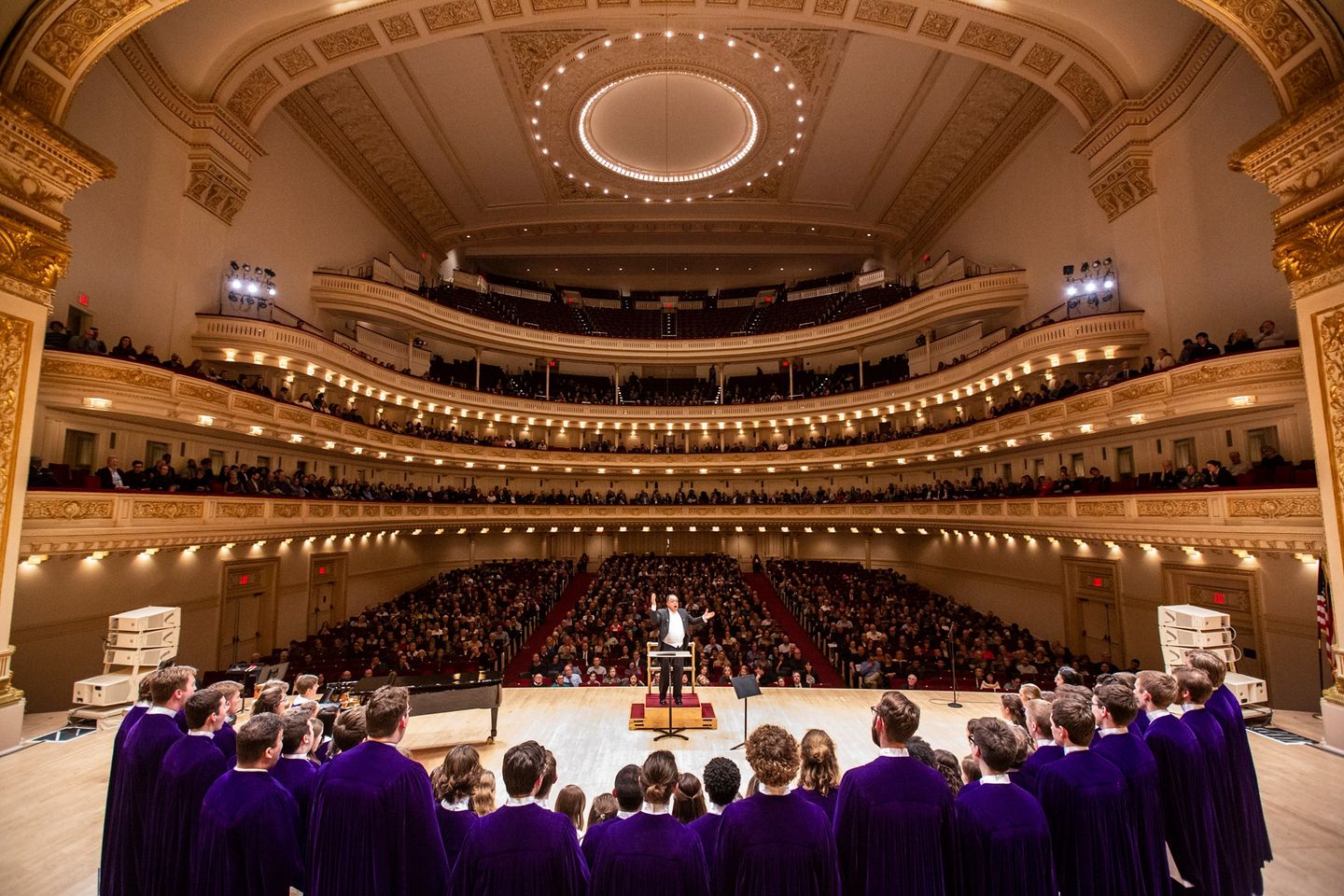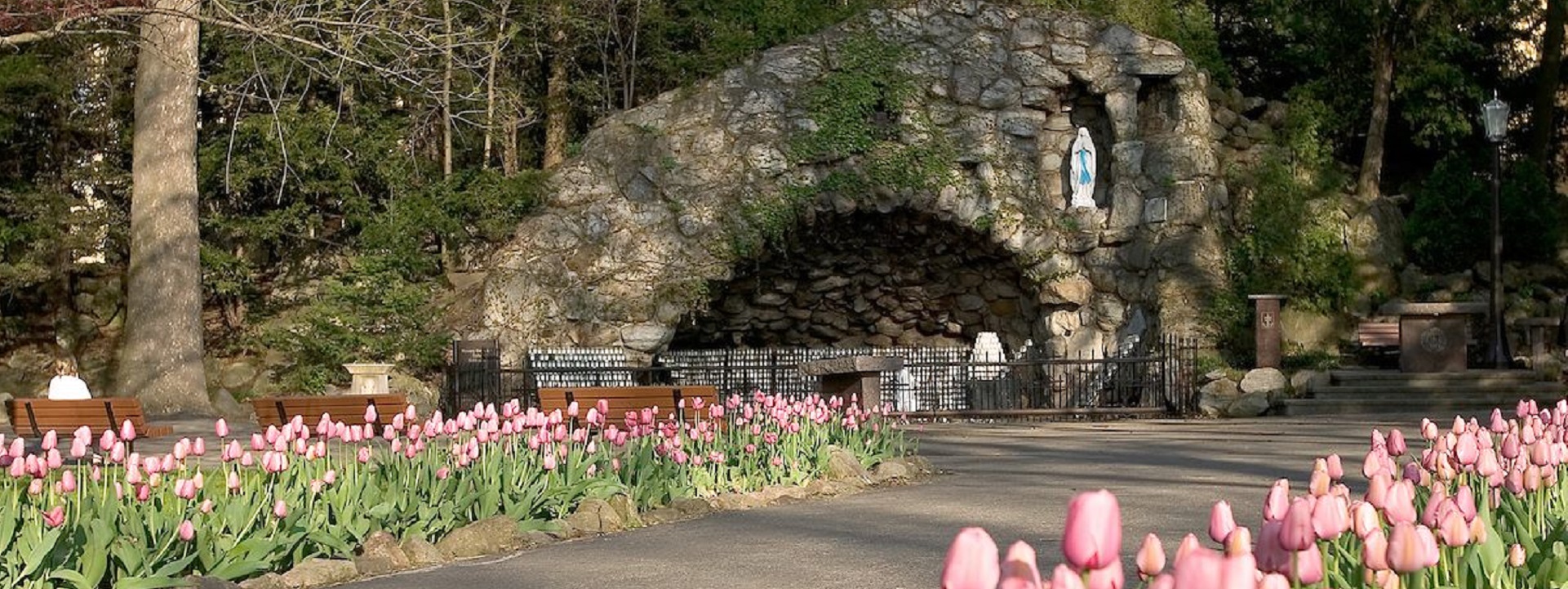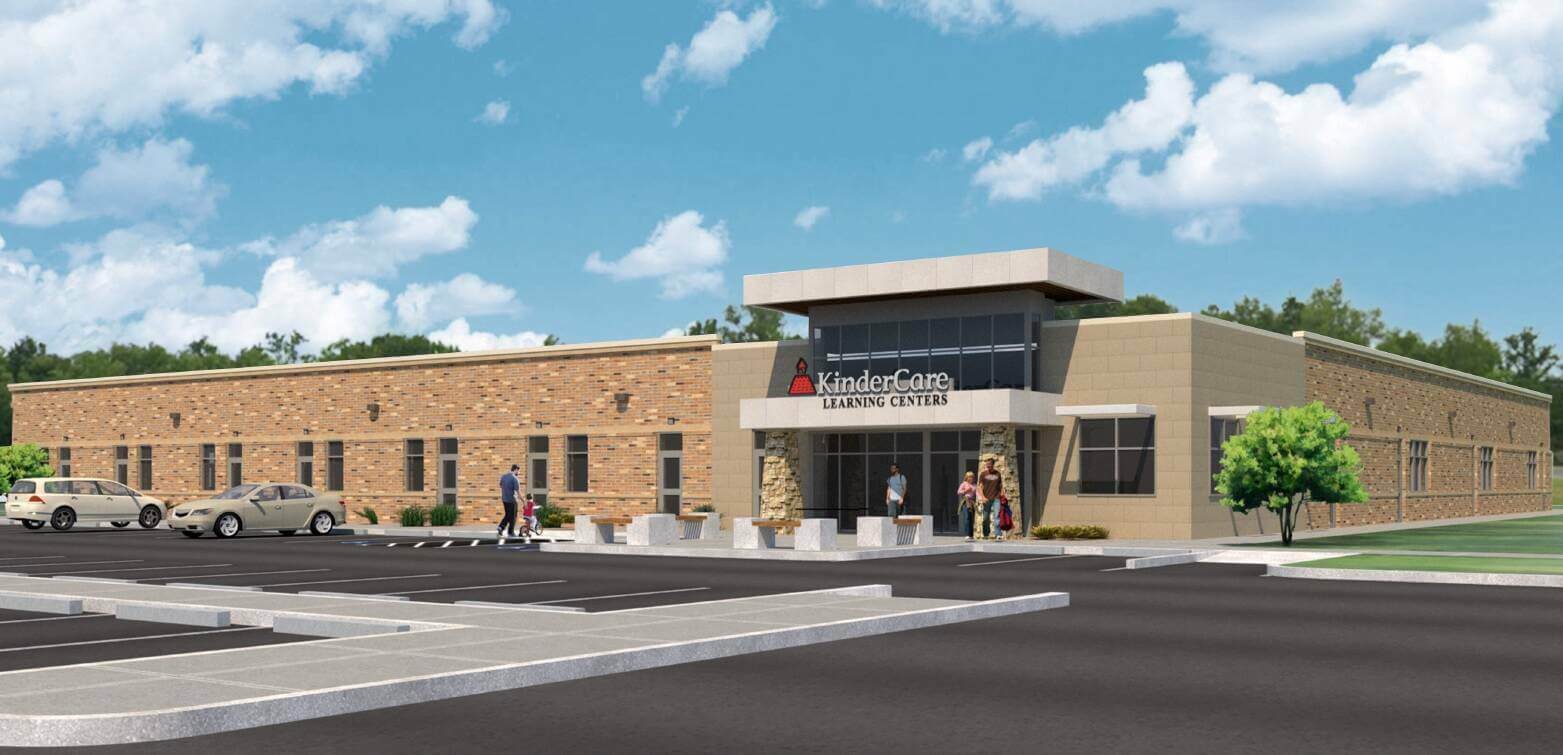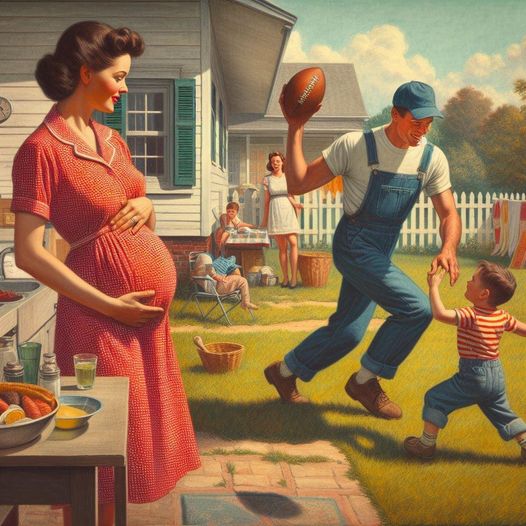Bricklayers, sometimes known as masons, are skilled craftsmen that must be physically fit, have a high level of mathematical skill and a love for precision and detail.

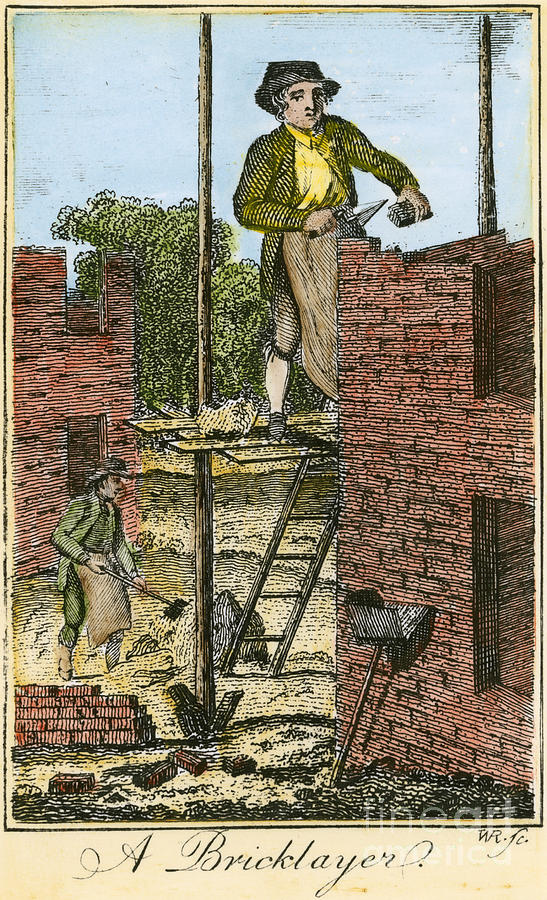
Bricklaying standards are guidelines and specifications that ensure the quality and safety of bricklaying work. These standards are often established by industry organizations, regulatory bodies, or national building codes. While specific standards may vary by region, some core bricklaying standards include:
Building Codes: Compliance with local building codes is essential. These codes provide regulations for construction practices, including specifications for masonry work. Bricklayers must adhere to the building codes relevant to the specific location of the construction project.
ASTM International Standards: ASTM International (formerly known as the American Society for Testing and Materials) develops and publishes technical standards for various industries, including construction. ASTM standards related to bricklaying cover materials, testing procedures, and construction practices.
Masonry Construction Standards: Organizations like the Masonry Standards Joint Committee (MSJC) in the United States publish standards specifically focused on masonry construction. These standards address topics such as mortar, grout, reinforcement, and structural design considerations.
Quality Control: Standards related to quality control in bricklaying include specifications for mortar mixtures, proper curing of masonry, and guidelines for inspecting finished work. Adherence to these standards helps ensure the durability and longevity of the masonry construction.
Safety Standards: Occupational safety standards, such as those outlined by the Occupational Safety and Health Administration (OSHA) in the United States, are critical for protecting workers on construction sites. These standards cover aspects like fall protection, scaffolding safety, and the proper use of personal protective equipment.
Brick and Block Standards: Standards related to the dimensions, composition, and properties of bricks and concrete blocks are important for achieving structural integrity. These standards specify characteristics such as compressive strength, absorption, and dimensional tolerances.
Construction Tolerances: Tolerances dictate acceptable variations in dimensions and alignments in bricklaying work. These standards help ensure that the finished structure meets design specifications and industry-accepted tolerances.
Testing and Inspection: Standards related to the testing and inspection of masonry work help verify that construction meets specified requirements. This includes procedures for mortar testing, grout testing, and overall quality inspections.
It’s important for bricklayers and construction professionals to be aware of and follow these standards to guarantee the safety, quality, and compliance of their work. Additionally, staying informed about updates to industry standards is crucial as they may evolve over time to reflect advancements in materials, techniques, and safety practices.
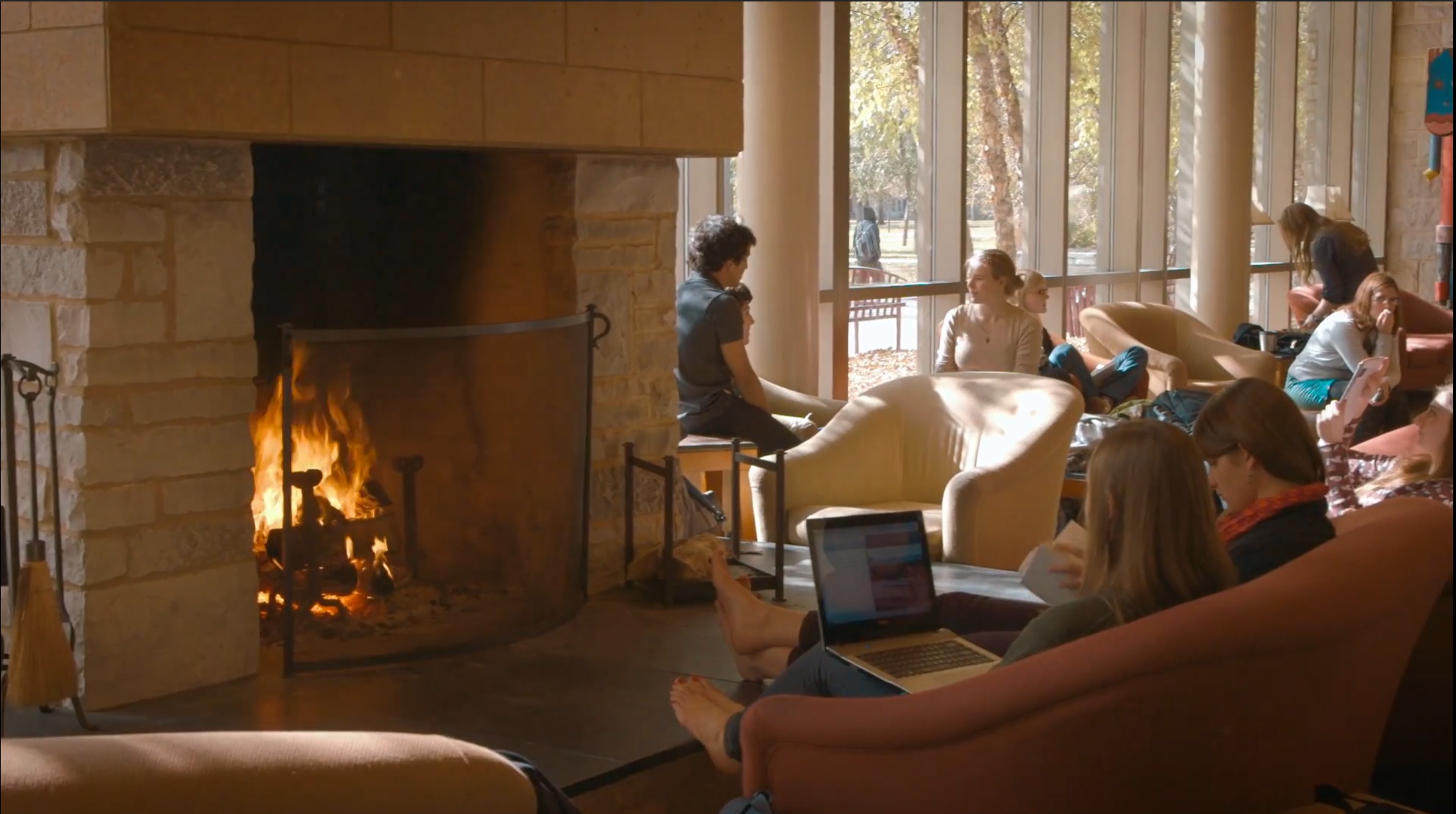
St. Olaf College | Dakota County Minnesota
International Building Code Chapter 21: Masonry



